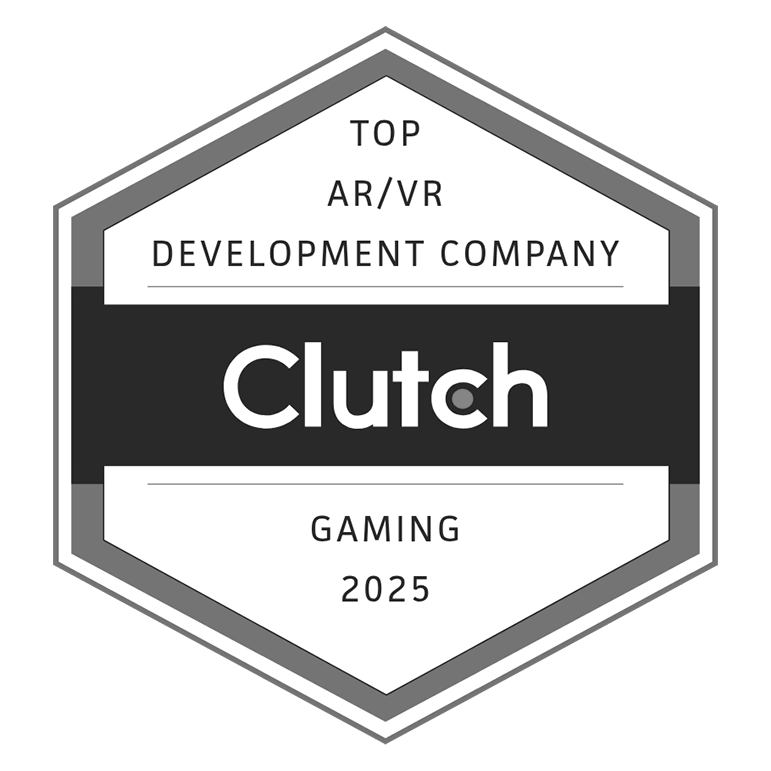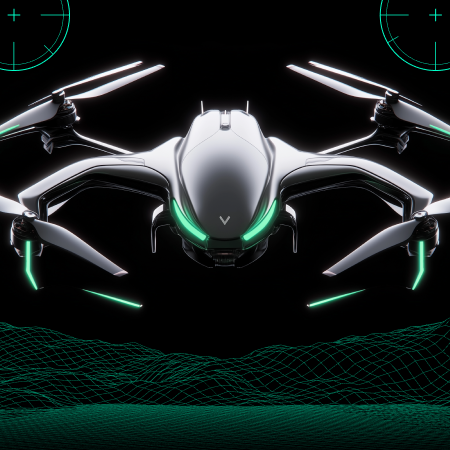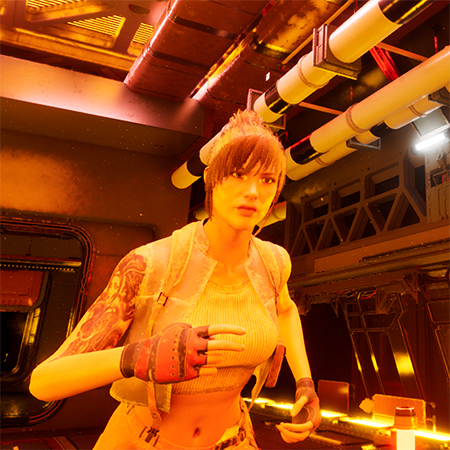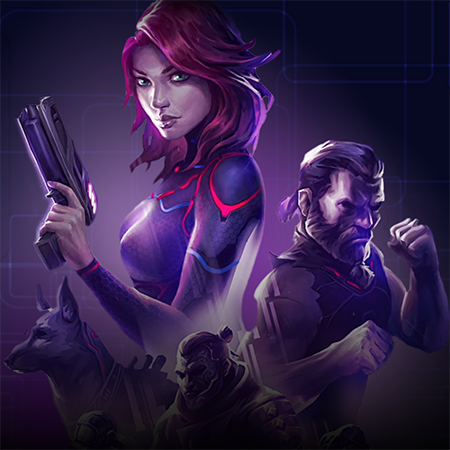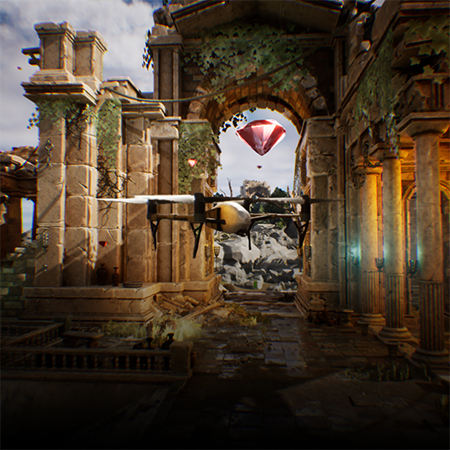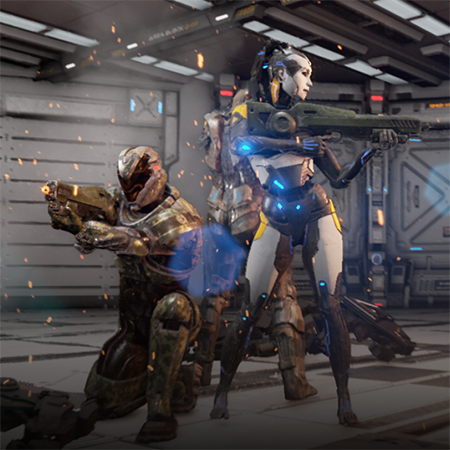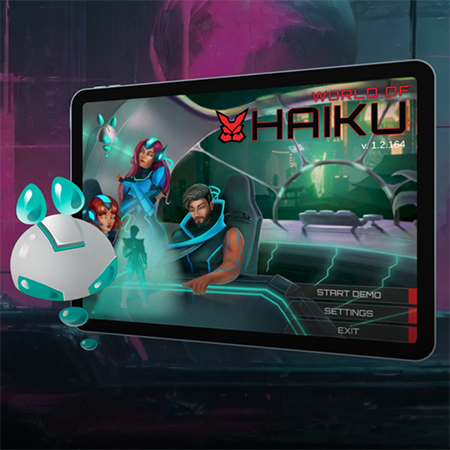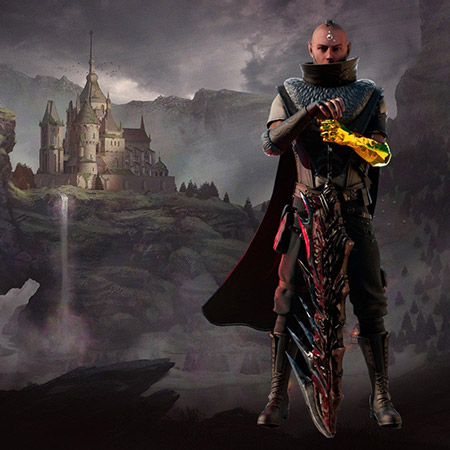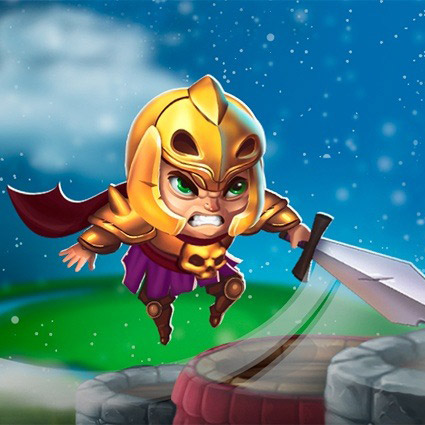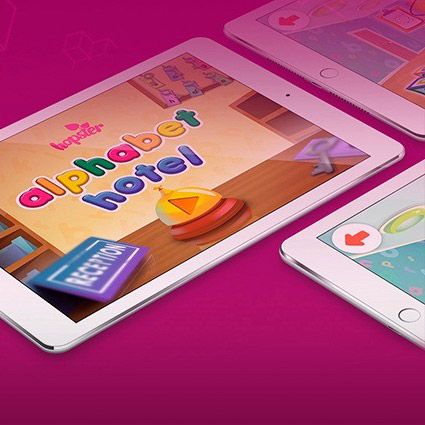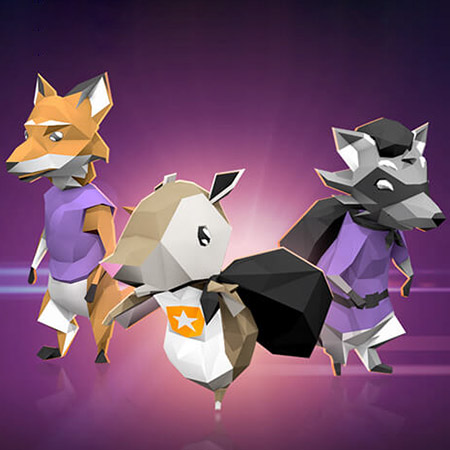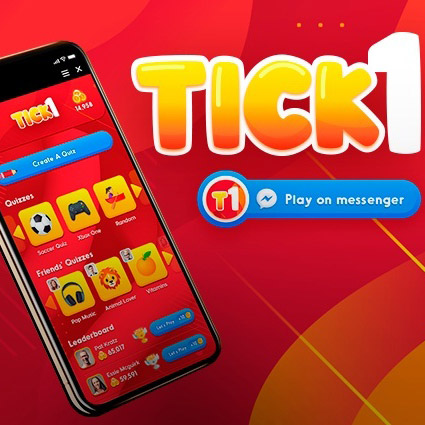Based on our experience, the critical UI/UX design elements that are essential for a game's success can be distilled into several critical components. These elements are not just aesthetic choices; they are integral in shaping the player's experience and engagement with the game.
- Intuitive navigation. An essential element is intuitive navigation. Players should find it easy to move through the game without confusion. Clear, logical interfaces allow players to focus on gameplay rather than figuring out how to access features or information. This includes well-placed buttons, easily accessible menus, and straightforward paths to the game's various sections.
- Consistent design language. Consistency in design language across the game helps in creating a cohesive experience. This involves using similar color schemes, typography, and visual styles throughout the game. It aids in creating a sense of familiarity and comfort for the player, reducing the cognitive load and allowing them to immerse themselves in the gameplay.
- Adaptive difficulty levels. Offering adaptive difficulty levels caters to a wide range of players, from beginners to experts. This feature keeps the game challenging yet accessible, ensuring that players of all skill levels can enjoy the game without feeling overwhelmed or underwhelmed.
- Responsive feedback mechanisms. Responsive feedback mechanisms, such as sound effects, visual cues, or vibrations, enhance the gameplay experience. They provide immediate and intuitive feedback to the player's actions, making the game more immersive and satisfying.
- Customizable user interfaces. Allowing players to customize their user interfaces can significantly enhance their gaming experience. This might include adjusting the layout, changing control settings, or modifying visual elements to suit their preferences. Such customization offers a more personalized and comfortable gaming environment.
- Accessible design for all players. Accessibility is paramount. Ensuring that the game is playable for people with various abilities is not just a matter of inclusivity but also expands the game's reach. This includes options like colorblind modes, subtitles, and adjustable difficulty settings.
- Engaging storytelling elements. Incorporating engaging storytelling elements into the game design can greatly enhance player engagement. A compelling narrative woven through the gameplay can make the experience more immersive and emotionally resonant, encouraging players to invest more in the game.
- Social interaction features. Features that promote social interaction, such as multiplayer modes, chat functions, or community boards, can significantly enhance the gaming experience. They foster a sense of community and competition, which can increase player retention and engagement.
As a result of our tests, we determined that these elements are not standalone; they work best when integrated thoughtfully into the overall game design. They should complement each other, contributing to a harmonious and engaging player experience.
To conclude, the success of a game largely depends on how well these UI/UX elements are implemented. They are the building blocks that shape the player's journey, from their first interaction to their hundredth hour of gameplay. These elements need to be carefully considered and skillfully executed to create an engaging, enjoyable, and memorable gaming experience.
For more insights or assistance in crafting a game with these key UI/UX design elements, do not hesitate to
contact us. We are here to help you bring your vision to life with our expertise in game design.

















